Solutions you deserve, Partners you can trust.
Call us today at: 1 (833) PGESINC / 1 (833) 743-7462
Services

Groundwater Sampling
Certain types of groundwater samplers are installed temporarily (SP16, SP22, Mill Slotted Rods) allowing for quick sample collection via a check valve and poly tubing, then the sampler is removed decontaminated, and used at the next location.
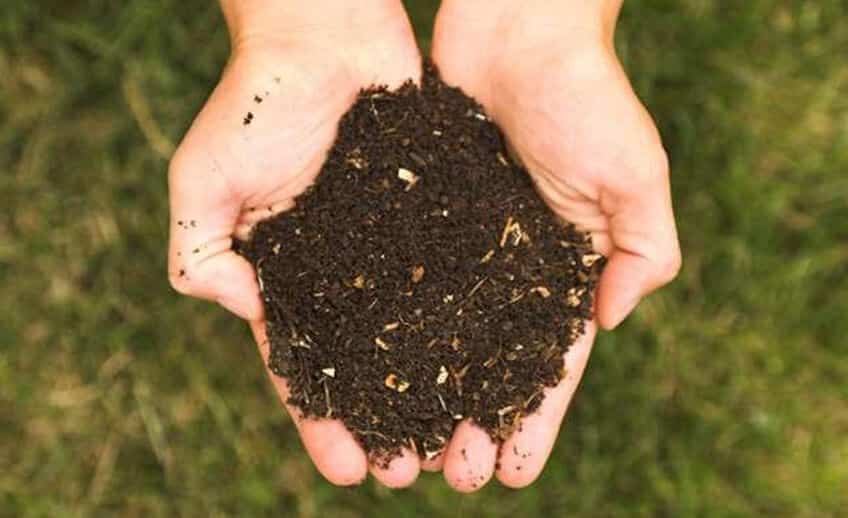
Soil Sampling
The Geoprobe® DT22 Soil Sampling System is a direct push system for collecting continuous core samples of unconsolidated materials from within a sealed casing of Geoprobe® 2.25 in. outside diameter probe rods. Samples are collected and retrieved within a liner that is threaded onto the leading end of a string of Geoprobe® 1.25 in. OD light-weight center rods and are inserted to the bottom of the outer casing.
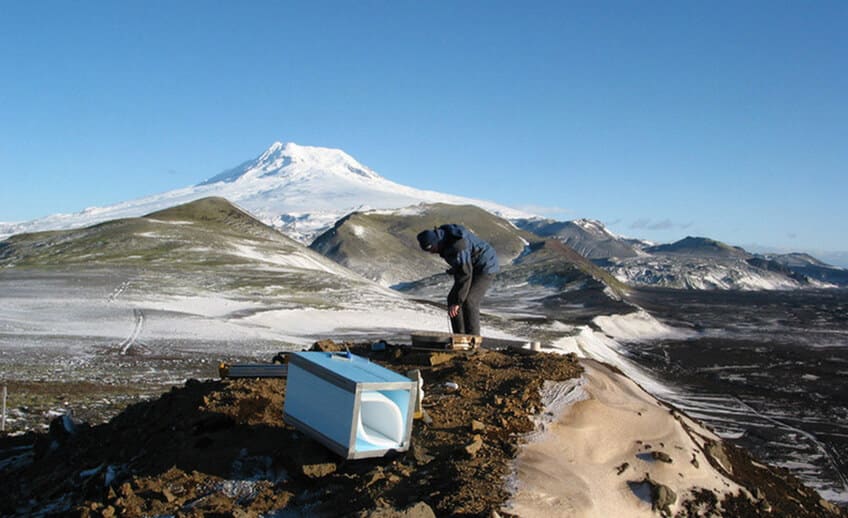
Monitoring Well
Geoprobe® machines can use 3.25 in. casing to set a 1.5 in. Prepacked Screen Monitoring Well or You can also use the Geoprobe® driven casing with an option to sample soil on the way down … in the same hole. Depending on which Geoprobe® machine you have, you can also use 3.75 in. casing to set a 2 in. Slim Prepack, or 6 in. casing to create a 6 in. borehole to set 4 in. wells (for monitoring/dewatering)
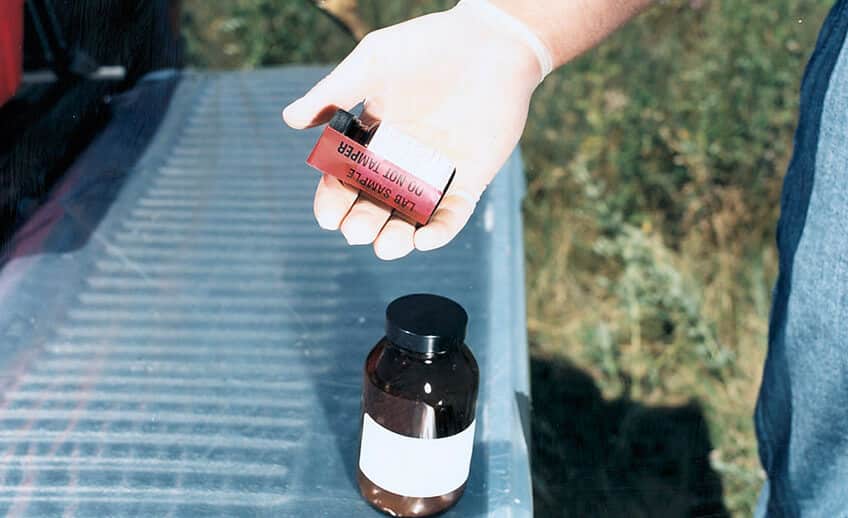
Geotechnical
Geoprobe Systems® manufactures high output, compact drilling equipment and has many options for your geotechnical projects. Our compact machines can get into many places where conventional drilling equipment just cannot go.
Geoprobe® machines provide rugged rotary capabilities and combined with use of our Auto Drop Hammer system, Geotechnical work can easily be accomplished. Geoprobe® machines can also push Cone Penetration Systems (CPT) for geotechnical data. From Real estate transaction, Real estate development, Roads & Bridges, and many other geotechnical applications, Geoprobe Systems® can cost effectively impact your projects.
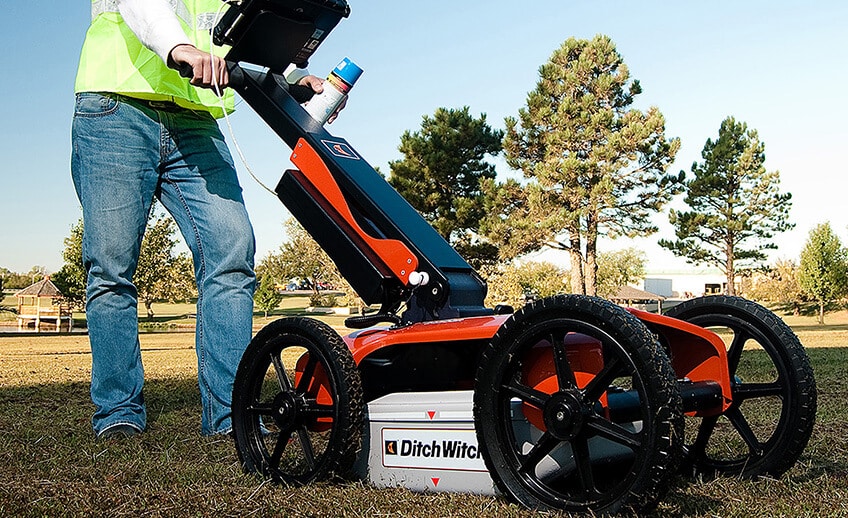
Ground Penetrating Radar
The key to a comprehensive environmental assessment is the subsurface investigation. Ground penetrating radar (GPR) plays an integral part by providing a non-intrusive means of examining the subsurface for environmental hazards such as soil contamination, underground storage tanks, utility lines and drums. GPR can delineate landfills and pathways for contaminant flow, as well as conduct hydrogeologic investigations such as water table mapping.
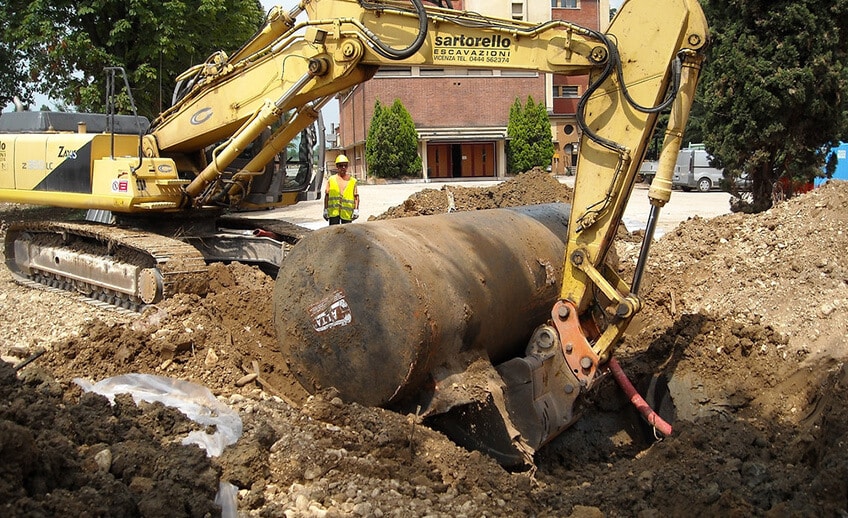
UST / AST Tank Removal and Excavation
The former and still current form of heating for buildings in a still large portion of New York has been fuel oil. Many buildings that use fuel oil have a fuel oil storage tank which some could be underground tanks (UST) or aboveground tanks (AST). Through time and because not all tanks are registered with the NYSDEC, some tank have leaked and caused great damage to the soil and groundwater beneath NY. We specialized in the removal and/or abandonment of these tanks via manual labor or with excavators. we have worked removing tanks on former gas stations, historical filling stations, buildings switching from oil to natural gas, former auto repair shops, etc. will assist you in the proper filing to all the appropiate state and local agencies such as the NYCFD and NYSDEC PBS Unit.
